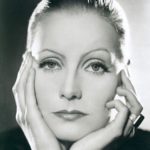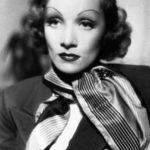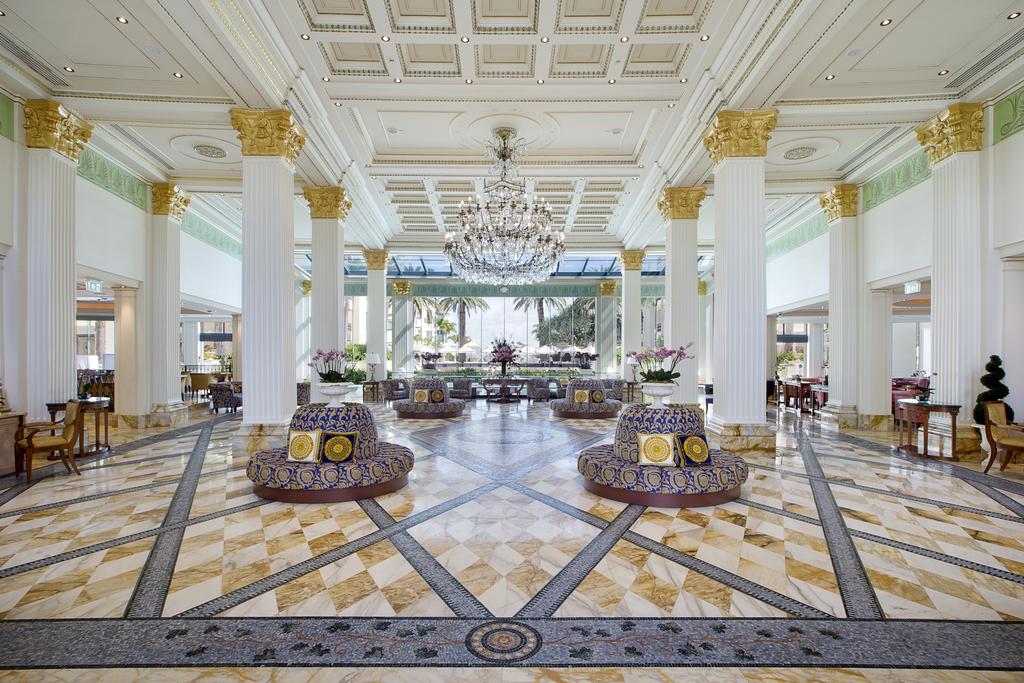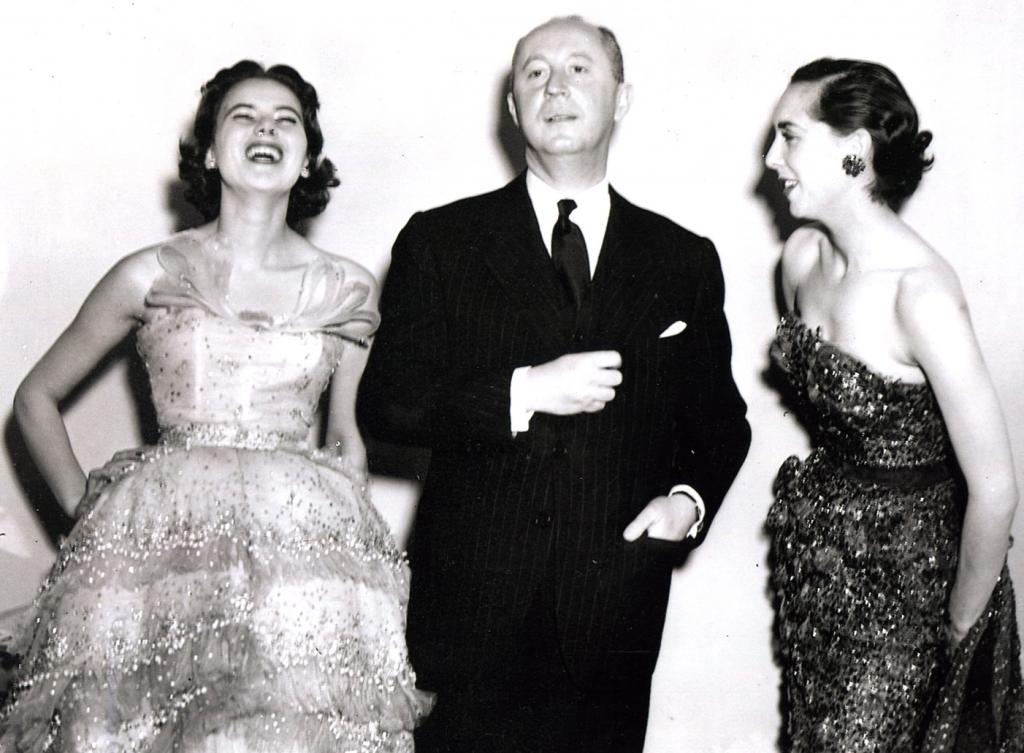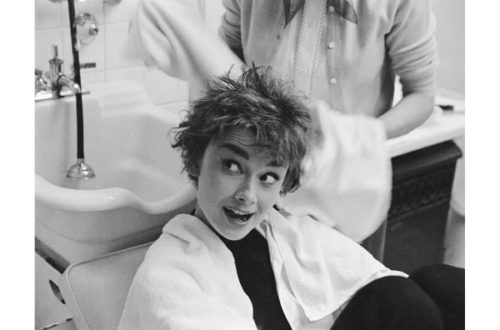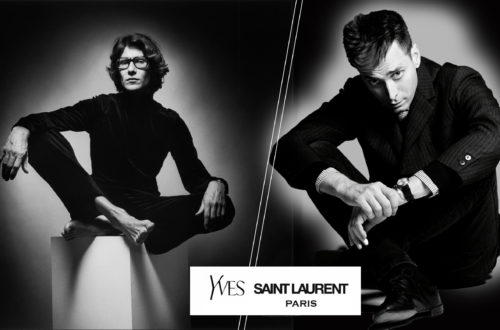Here we are with our third appointment of “Decades of Fashion”: today we will take a look at the 30s.
After the flourishing growth that occurred in the States during the 20s, in 1929 the country had to face the Stock Market crash and the following crisis known as the Great Depression.
At the beginning of the new decade, almost 15 million Americans were unemployed and the situation remained critical until 1932, when Franklin Delano Roosevelt was elected president. He came up with the New Deal, a set of programs that allowed the government to provide jobs for the unemployed therefore helping the development of a stable economy.
 In the 30s fashion was more conservative than in the revolutionary 20s. As a response to the tough situation of that period, women abandoned the boyish allure to embrace a more feminine look. Indeed the relationship between periods of crisis and more sultry looks has been proved by recent studies that have highlighted how women unconsciously tend to show their most sensual appearance when uncertainty and fear are the prevailing feelings of the surrounding.
In the 30s fashion was more conservative than in the revolutionary 20s. As a response to the tough situation of that period, women abandoned the boyish allure to embrace a more feminine look. Indeed the relationship between periods of crisis and more sultry looks has been proved by recent studies that have highlighted how women unconsciously tend to show their most sensual appearance when uncertainty and fear are the prevailing feelings of the surrounding.
All over the world women usually took inspiration from Hollywood stars such as Greta Garbo, Bette Davis or Marlene Dietrich, who served as models for an algid, almost divine woman.
The shape of clothes was meant to highlight the waistline and curves; dresses often showed a slim silhouette with puffy sleeves and a deep backline. The most trendy textiles were macramé lace and satin, which enriched even the simplest clothes. To further enhance their sensuality, women widely used feathers and fur.
The 30s also saw the birth of make up, first introduced and sold by Max Factor: main trends were thin brows, flawless complexion, black lined eyes, bold red lips and nails.
The main stylist of this decade was born in Italy: Elsa Schiaparelli. She often proposed clothes with surreal fantasy, such as the renown “Lobster dress”. Her design was able to add a hint of colorful eccentricity to the most austere looks, such as the little black dress, allowing Elsa to dominate the fashion world until the beginning WW2.

From the mid 30s, the first sign of the upcoming war began to be more and more evident and were grasped by stylists as well. By the end of the decade, collections often displayed a more military inspired shape, with for example square shouldered jackets; especially in Europe, designers started focusing on simpler clothes and cheaper fabrics.
How will World War 2 affect our beloved fashion world? Stay tuned to discover more on the next “Decades of Fashion”!
by Bianca Cattadori


